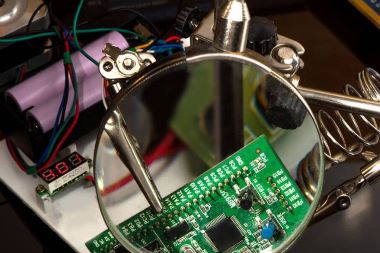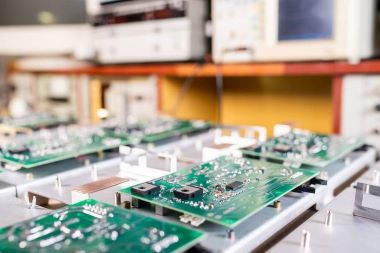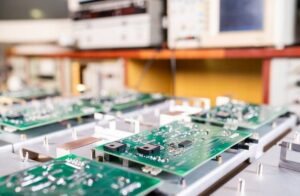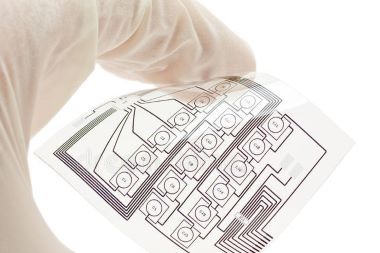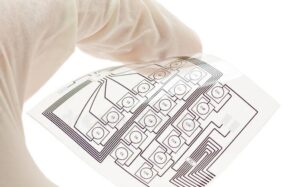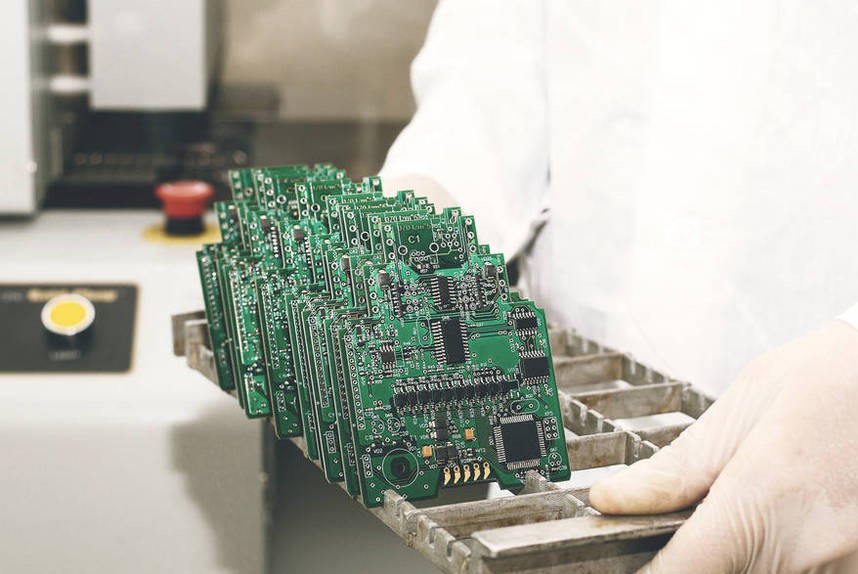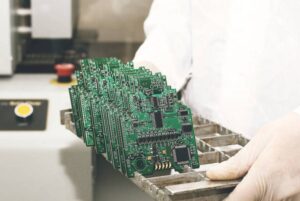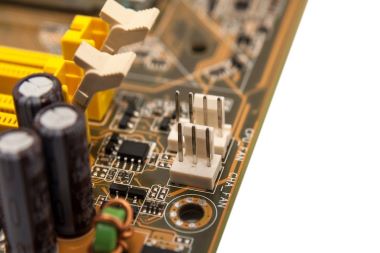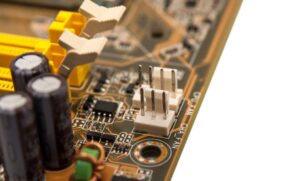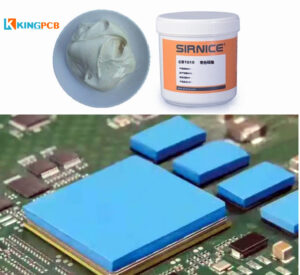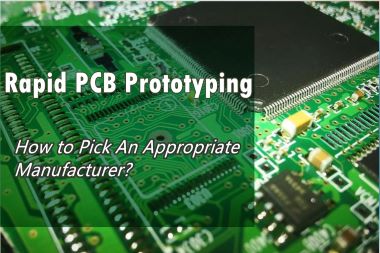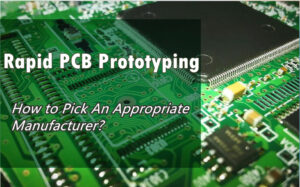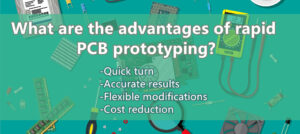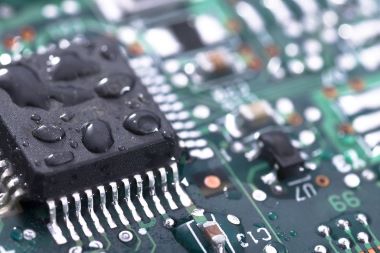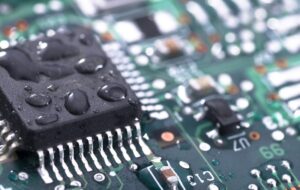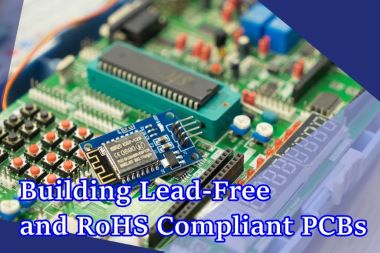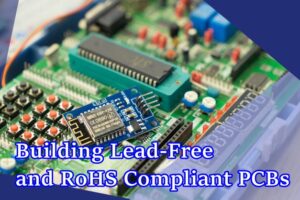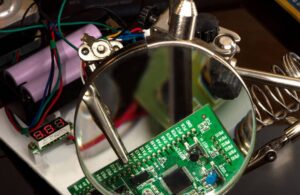
The application of multilayer PCBs is becoming more and more common.
There are many factors that determine the cost of manufacturing multilayer PCBs, which are mainly divided into the following categories.
- Material
- Size
- Number of layers
- PCB thickness
- Surface treatment process
- Hole type and number
- Alignment width and spacing
- Other special process requirements
Materials
The choice of what material to manufacture PCBs has a significant impact on the cost, in the selection of substrates for multilayer PCBs, here are a few points to consider.
- High and low temperature requirements. For boards that need to operate under high temperature conditions, the need to use high TG material (TG that is, the glass transition temperature point)
- Signal performance. The choice of material depends on the advantage of being able to provide uninterrupted electrical signals.
- Mechanical properties.
Size
PCB costs are calculated by size, so the larger the PCB size, the more material required and the cost will increase. But this does not mean that the smaller the size of the cost is less, the processing time involved in small size PCB will also affect the cost.
Number of layers
The number of layers is another major determinant of the cost of multilayer PCBs. For the more layers of PCBs, the more resources and time required for the manufacturing process, the higher the cost.
PCB thickness
PCB conventional thickness is 1.6mm, for thicker materials are usually more expensive in production, lamination and PCB made.
Surface treatment process
The choice of surface finish treatment is critical to improving PCB reliability and shelf life, KingPCB default PCB manufacturing surface treatment is HASL, when it comes to HDI PCB, ENIG may be required, which also has an impact on the cost.
Hole type and quantity
The price of multilayer PCB manufacturing is closely related to the through hole
- Hole size (conventional holes greater than or equal to 0.3mm)
- Hole type (whether it involves micro vias, blind vias, buried vias)
- Quantity (general hole density is not greater than 100000/㎡)
Alignment width and spacing
Multilayer board needs better heat dissipation ability, in order to avoid overheating, need to have enough alignment width. If you expand the alignment width or add extra solder, it will increase the material cost and workload.
Other special process requirements
Some other factors that may affect the cost are impedance control, ink, depth control, halogen-free materials, ink plugging, copper thickness, etc.
Explore KingPCB’s multilayer PCB assembly services
There are many factors that affect multilayer PCB manufacturing and assembly, please be careful when making any budget decision for multilayer PCB assembly.
KingPCB, one of the leading PCB manufacturers in China, uses modern technology and advanced equipment to provide you with PCB assembly services.
If you are looking for a multilayer PCB manufacturer or would like to see a quote for your project, contact us now for a quick quote!


